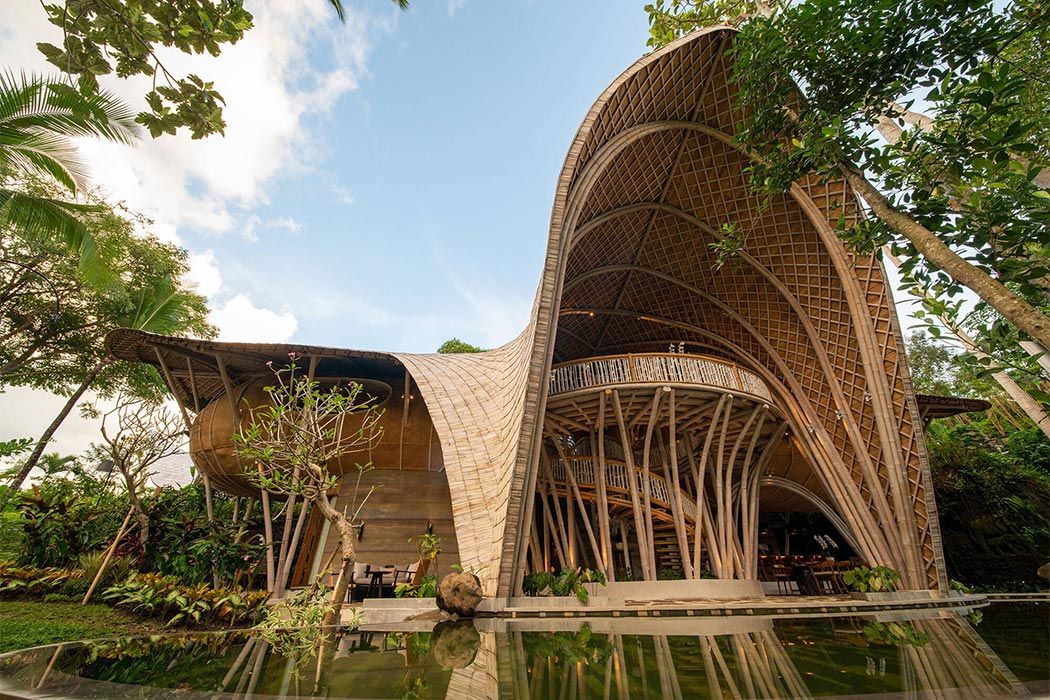Materials Selection for Sustainability

Introduction: The Weight of Material Decisions
Every material choice in architecture carries environmental consequences long before construction begins. For recent graduates entering practice, mastering sustainable material selection is no longer optional—it's an ethical and professional imperative.
Why This Matters Now
- Embodied Carbon Crisis: The built environment contributes 11% of global CO₂ emissions from materials alone (Architecture 2030)
- Regulatory Shifts: Laws like EU's Level(s) framework now mandate lifecycle assessments
- Client Demand: 75% of developers now prioritize green materials (World Green Building Council 2023)
What You'll Learn
✔ How to evaluate materials using Life Cycle Assessment (LCA)
✔ Real-world applications from low-cost to high-tech projects
✔ Step-by-step selection workflows you can use immediately
✔ Tools to avoid greenwashing and make verified claims
Theoretical Foundations: Core PrinciplesKey Evaluation Metrics
Embodied Carbon (kgCO₂e/m³)
- Definition: Total GHG emissions from extraction → disposal
- Example: Concrete (410 kgCO₂e/m³) vs CLT (-310 kgCO₂e/m³)
- Circularity Potential
- Design for disassembly (DfD) scoring
- Material passports (Madaster platform)
- Health Impacts
- Red List compliance (Living Building Challenge)
- VOC emissions (WELL Building Standard)
Historical Context
- Vernacular Wisdom: Adobe, thatch, and stone achieved net-zero by necessity
- Modern Milestones:
- 1970s: Emergence of LCA methodology
- 2010s: EPDs (Environmental Product Declarations) standardization
Practical Applications: Case Studies
Project 1: The Circular Building, London (Arup)
- Strategies:
- 100% demountable steel frame
- Mycelium insulation panels
- Result: 96% material reuse potential
Project 2: Sara Kulturhus, Sweden (White Arkitekter)
- Innovations:
- 20-story mass timber structure
- Carbon-storing KLH panels
- Data: Net-negative embodied carbon (-1.1 kgCO₂e/m²/year)
Project 3: Kendeda Building, Atlanta (Miller Hull)
- Breakthroughs:
- Salvaged granite from local buildings
- Rainwater-to-potable systems
- Certification: Living Building Challenge certified
Technical Considerations
Standards & Tools
| Standard | Focus | Application |
| EN 15804 | EPD requirements | Material comparisons |
| ISO 14040 | LCA methodology | Full lifecycle analysis |
| Cradle to Cradle | Material health | Product certification |
Critical Calculations
- Embodied Carbon Benchmarking:
- Acceptable: <500 kgCO₂e/m² (LETI 2020)
- Excellent: <300 kgCO₂e/m²
- EPD Verification:
- Require third-party verified EPDs (not self-declared)
5. Implementation Guide6-Step Selection Process
- Define Priorities (Budget, carbon, health)
- Screen Materials (Using EC3 database)
- Request EPDs (For top 3 options)
- Run LCA (OneClick LCA or Tally)
- Verify Circularity (Madaster recyclability index)
- Document Decisions (For certification audits)
Budget-Smart Strategies
- Low-Cost: Reclaimed brick (+30% strength, -80% carbon)
- Mid-Range: Hempcrete (R-2.5 per inch, carbon-negative)
- High-Tech: Photovoltaic glass (25% efficiency, 15-year ROI)
6. Common Mistakes & Solutions
| Pitfall | Solution |
| Prioritizing operational over embodied carbon | Use whole-life carbon assessment |
| Accepting generic sustainability claims | Demand verified EPDs |
| Ignoring local material options | Check 500-mile radius first |
Pro Tip: Always compare kgCO₂e per functional unit (e.g., kgCO₂e/m² of wall area)
7. Resources & ToolsEssential Software
- EC3 (Embodied Carbon Calculator)
- OneClick LCA (Full lifecycle analysis)
- Healthy Materials Lab (Red List screening)
Learning Resources
- The Environmental Construction Handbook (Ivor Davies)
- Material Ethics podcast (Architecture Today)
Professional Networks
- AIA Materials Knowledge Group
- International Living Future Institute
8. Conclusion: Materials as Climate Action Sustainable material selection is where design meets accountability. As you start your career:
- Ask Tough Questions: Demand transparency from suppliers
- Start Small: Specify one low-carbon material per project
- Think Beyond CO₂: Consider water use, toxicity, and social equity
First Assignment: Run an EC3 comparison for your last studio project's primary materials.